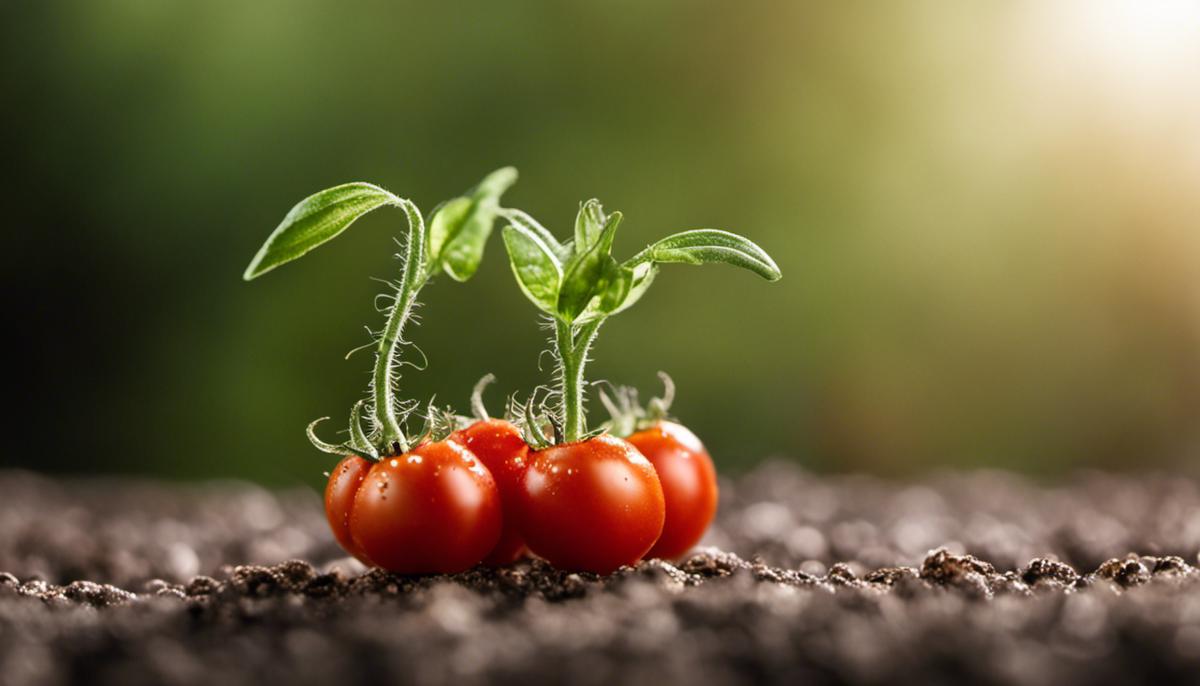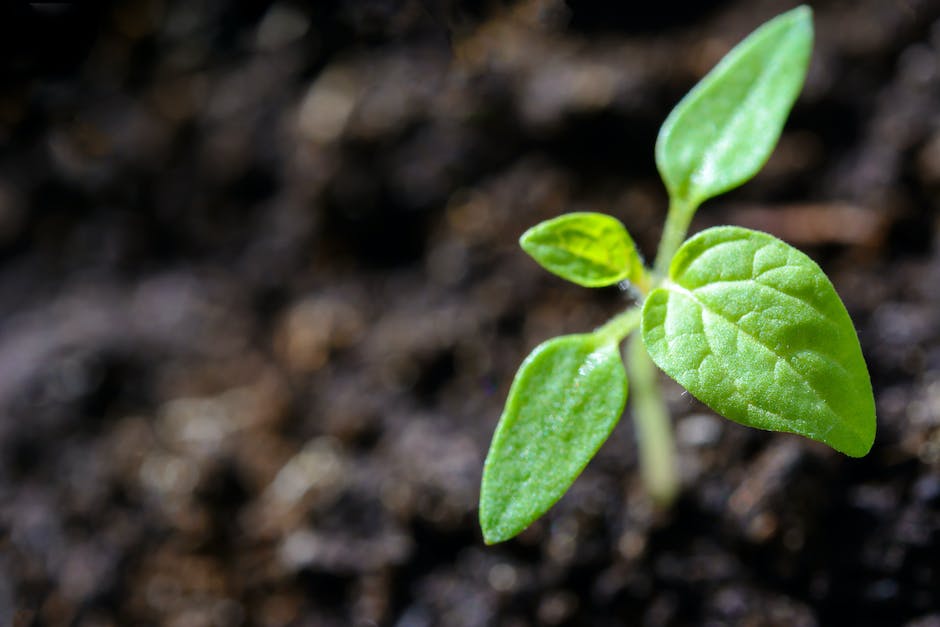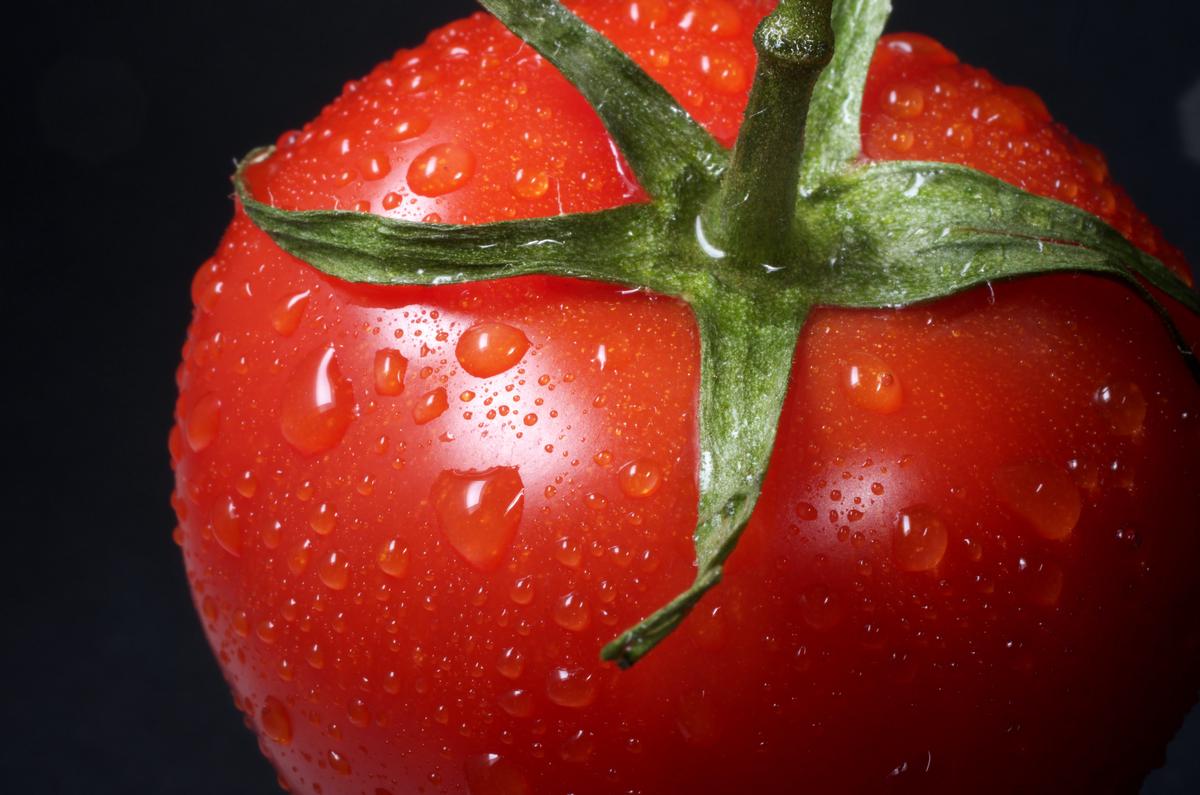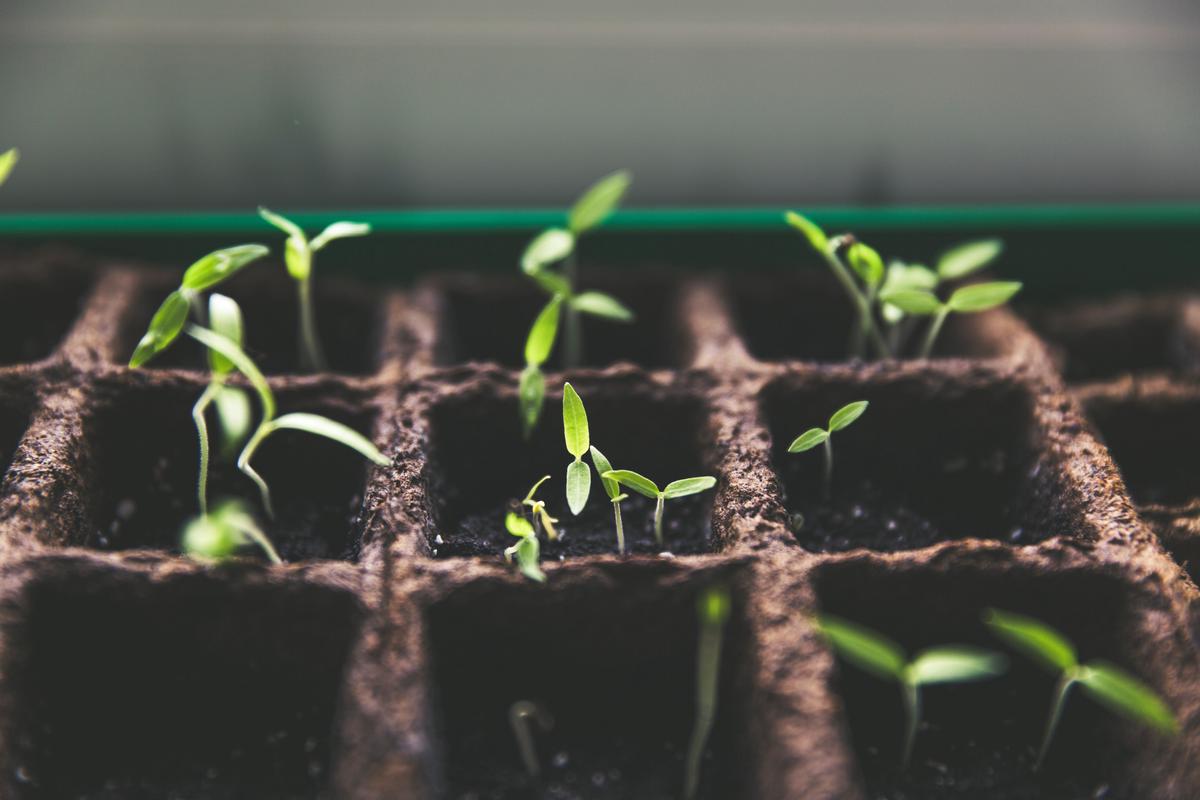Tomato Seed Germination Timeline & Tips

Tomato seed germination, a miraculous natural process of a small seed developing into a flourishing plant, encapsulates the profound promise of life. It is captivating and educative to delve into the journey of a humble tomato seed as it germinates, subsequently transforming into a mature plant yielding luscious fruits. This intricate process is influenced by numerous factors and happens in well-defined stages. By nourishing a deeper understanding of the germination process, factors affecting it, and the ideal conditions that enhance it, one can fulfill the desire to have a thriving tomato plant, right in their backyard. Growing a plant isn’t just about sowing a seed; it’s about comprehending and appreciating the marvel of germination.
Understanding Seed Germination
The Germination Process of a Tomato Seed : A Detailed Exposition
Within the realm of botanical science, the journey from seed to plant is one of life’s most intricate and captivating transformations. It is a process teeming with biological marvels and precise molecular choreographies. This article specifically focuses on the germination process of a tomato seed, a quintessential exemplar of the dicotyledonous group of plants.
Tomato seed germination, a critical phase in the plant’s life cycle, marks the beginning of growth and development. It all starts in nature’s cradle of life: the seed. Tomato seeds, the effigy of dormancy and potentiality, house an embryonic plant devised for growth under optimal conditions.
When the seed encounters favorable environmental conditions—typically a temperature range between 70-85 degrees Fahrenheit, a well-ventilated and moist environment—it initiates the imbibition process or water uptake. This absorption activates the metabolic activities within the seed, marking the commencement of the germination process.
Following imbibition, the activated enzymes start metabolizing the stored food reserves in the seed’s cotyledon, generating the energy necessary for germination. Simultaneously, the cells within the seed begin to divide, and the embryonic root, or radicle, starts its downward growth. This phase is known as radicle emergence and signifies the first visible confirmation of germination.
As the radicle establishes, the encircling outer layer of the seed, the endosperm, softens and begins to break apart. This is accompanied by the development of a hook-shaped structure, the hypocotyl, which commences upward growth. Enclosed by the protective seed skin, or the testa, the epicotyl, or immature stem, and the delicate embryonic leaves, the plumule, burgeons.
The breaking surface is a crucial moment in the seed’s life, a transition from embryonic sustenance to autotrophic growth. Emerging from the testa, the hypocotyl ascends towards the soil surface, carrying the closed plumule within the cotyledons. Following the breakthrough to the surface, exposure to light catalyzes further growth.
This crucial exposure to light (photomorphogenesis) triggers the cotyledons’ opening, freeing the plumule. This is the first interface of the newly born plant with sunlight, enabling photosynthesis and thereby propelling its independent life.
Upon maturity, the cotyledons serve as the leaflets and we observe a minuscule tomato plant with a couple of small leaves. This independent seedling, deriving its energy from photosynthesis, is equipped for its journey of growth into a full-fledged tomato plant, producing succulent and nutritious tomatoes.
Throughout the tomato seed germination process, a multitude of interwoven biological processes take place. Each stage of germination is a result of immaculate orchestration of nature, delineating life’s beautiful complexity and resiliency. So, the next time you savor a ripe tomato, take pause to appreciate the marvel of nature nested in its very seed, and the breathtaking journey it underwent to arrive in your salad bowl.

Ideal Conditions for Tomato Seed Germination
Exploring the Optimal Conditions for Tomato Seed Germination
Requisites for Selecting High Quality Seeds
Commencing with the selection of tomato seeds, it’s imperative to ascertain their quality, as this has direct implications for successful germination. A high vitality seed offers the best chance for a viable plant. Age, storage conditions, and any disease or defect considerably impact seed quality. It is pivotal to prioritize fresh seeds, as those beyond two to three years of age exhibit a severe decline in germination capacity due to the slowing metabolism and enzyme degradation.
Suitable Temperatures for Germination
The soil temperature plays an essential role in seed germination. Tomato seeds germinate most effectively in a temperature range of 60 to 85 degrees Fahrenheit, with an optimal temperature around 75-80 degrees F. A deviation in either direction dramatically prolongs the germination duration, while temperatures below 50 degrees or above 95 degrees can halt the process entirely. Investing in a soil thermometer can help in maintaining a conducive temperature environment.
Satisfying Seed’s Oxygen Demand
Oxygen, while often overlooked, is equally crucial for normal germination. The oxygen molecules are involved in the crucial steps of respiration, which provides energy for the seed’s development. Still, the balance is delicate, as overly damp, compacted soil may choke oxygen supplies, causing potential seed damage or even death by asphyxiation.
The pH factor
Paying attention to the soil pH also plays its part in successful germination. Tomato seeds favor slightly acidic soil, with a pH range of 6 to 7 being optimal. The soil pH has a bearing on nutrient availability. Being too acidic or too alkaline may lock essential nutrients, hampering the seedling development.
Nutrient demands for Germination
Above all, the seed must be provided with a sufficient supply of the paramount macro and micronutrients it needs. Nitrogen, phosphorus and potassium are critical for the emergence of the root system (radicle) and shoot system (plumule). Other elements such as calcium, sulfur, and magnesium, and trace minerals like boron, copper, and manganese are required for various physiological and biochemical functions during seed maturation.
Light Intensity: A Condition for Photosynthesis
Light intensity is another contributing factor to germination. After breaking through the soil and exposing the cotyledons, tomato seeds require high light intensity to kick-start photosynthesis; this is why providing a strong light source, equivalent of 14-16 hours of summer sun, is necessary for healthy germination. In locations or seasons where adequate sunlight is not available, artificial growing lights can work equally well.
Appropriate Watering
Last but not least, watering plays a pivotal role in germination. Imbibition, or the uptake of water by the seed, is the first step of germination, and initial moisture stimulates the seed to activate metabolic processes. However, it is equally important not to overwater. Saturated soil exacerbates conditions of ill-aerated soil, as mentioned previously, and also creates a conducive environment for fungal infections, which can decimate germinating seedlings.
Indeed, the germination of a tomato seed is a complex process relying on specific and closely regulated conditions. Our understanding of these factors is a marvel of biological science and reflects the intricate interplay of elements involved in the creation of new plant life. Understanding and respecting these factors in our gardening practices is essential for successful tomato cultivation.

Timeline of Tomato Seed Germination
Consider the intricacies and nuances of the tomato seed’s germination timeline. Although the array of variables involved might suggest a vast array of potential outcomes, the gathered empirical evidence offers a remarkably clarified picture.
Upon sowing, a tomato seed typically requires between 6 to 14 days to pass through the germination process and display its first leafy bi-lobe, the cotyledons. However, this duration can significantly vary based on the particularities of environmental conditions and care provided.
While impatient gardeners might chafe at the seeming vagueness of this timeframe, it is quintessential to understand the countless microscopic processes that occur along this journey, as previously covered in the initial part of this academic overview. It is indeed a living testament to the resilience and adaptability of plant life, and one that should be celebrated rather than merely endured.
Transitioning to the practical aspect, accurately predicting germination time hinges heavily on two critical factors: seed quality and germination conditions. It is imperative to be discerning in choosing high-quality seeds, as impaired or inferior seeds severely jeopardize successful germination.
Specifically, uniformly shaped seeds with a smooth surface and a deep color indicate high quality. Paradoxically, bigger is not always better when it comes to tomato seeds. Mid-sized seeds invariably outperform their larger counterparts in germination effectiveness and post-germination robustness.
Considering germination conditions, numerous factors come into play. The optimal temperature range lies between 60°F and 95°F, though the peak germination speed occurs around the 85°F mark. At these temperatures, the metabolic processes within the seed, which draw upon the stored food reserves, reach their maximal efficiency and speed.
Oxygen is another essential factor, vital for supporting the respiratory processes that accompany the early stages of germination. The pH balance of the soil, ideally between 6.0 to 6.8, can significantly impact seed germination, essentially influencing the seed’s ability to absorb necessary nutrients.
Speaking of nutrients, tomato seeds do not require supplemental feeding during germination since they contain all necessary nutrients within their embryonic structures. Post germination, providing the seedlings with a nutrient-rich environment aids robust growth.
Despite the common assumption, light is not a mandatory requisite for tomato seed germination. Light promotes the photosynthetic processes once the cotyledons emerge, but the initial period of germination happens in a subterranean, light-less environment. Consequently, as long as the temperature and moisture conditions are favorable, tomato seeds comfortably germinate even in complete darkness.
Lastly, never underestimate the importance of appropriate watering. During germination, the seeds demand a consistently moist environment, enabling the imbibition process. Over-watering can lead to the seed’s oxygen supply being compromised, leading to possible seed rot.
Grasping these diverse factors and their interplay during the germination process, one can indeed refine their understanding and consequently evolve their practices. This perceptibly daunting arena of seed germination is, in fact, an exploration of the intrinsic resilience, complexity, and immense potential that nature consistently provides, waiting to unfold in the hands of a diligent and observant gardener.

Photo by markusspiske on Unsplash
Unraveling the secrets behind tomato seed germination not only equips you with the knowledge to successfully grow your own tomatoes but also instills a profound respect for nature’s intricate processes. When a tiny tomato seed is sown, it embarks on an exceptional journey that requires specific conditions for optimal growth. This fascinating process can unfold right before your eyes, given the right temperature, moisture, and light. Remember, every little seed holds a tomato plant unfolding inside. Timing is potent in nature’s operations, and so is it for the germination process. Understanding these critical elements can truly transform the simple act of sowing a seed into a rewarding and meaningful experience.



